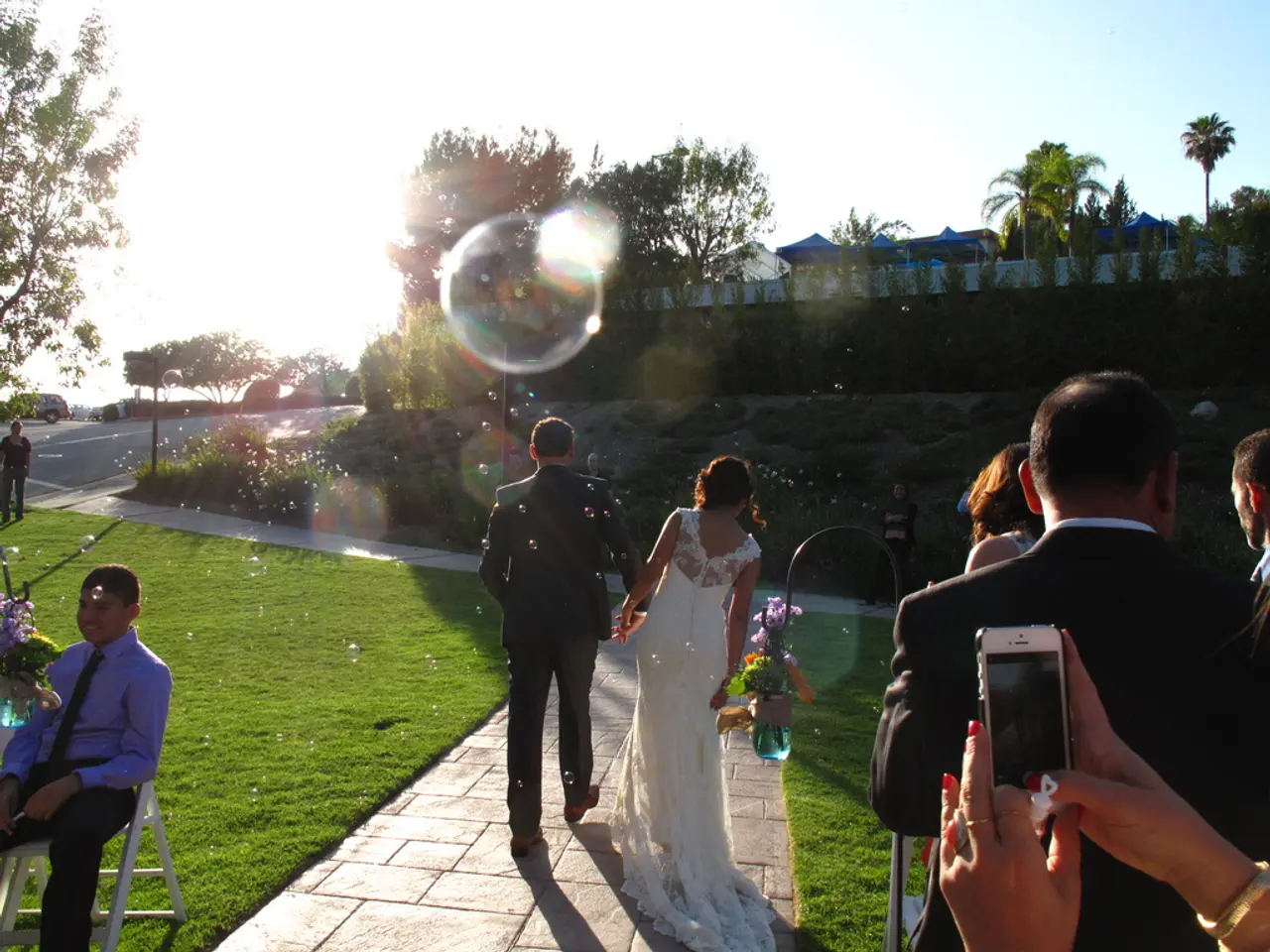Wireless Network Control and Adjustment
In our increasingly mobile society, seamless and efficient wireless communication is paramount. Several innovations are transforming the landscape of mobile backhaul networks, paving the way for 5G and beyond.
One such innovation is Software-Defined Networking (SDN) for Mobility, which centralizes control of mobility decisions for more efficient network utilization. This approach ensures uninterrupted service for smartphone users and constant connectivity for safety-critical operations in autonomous vehicles.
Predictive Mobility Management is another area of focus. Utilizing AI and machine learning, this technology anticipates user movement and prepares networks accordingly, further enhancing efficiency and user experience.
Effective mobility management is essential, and it involves two key components: Location Management and Handover Management. Location management tracks and updates the current location of mobile devices, while handover management maintains connections as devices move between cells or networks.
In the realm of 5G, Network Slicing is a significant development. This technology divides a single network into multiple virtual networks, each designed for specific mobility scenarios. There are three types of network slices in 5G: Enhanced Mobile Broadband (eMBB), Ultra-Reliable Low-Latency Communication (URLLC), and Massive Machine Type Communication (mMTC).
The process of switching between different network technologies, such as from cellular to Wi-Fi, is called vertical handover. IEEE 802.21 Standard facilitates these handovers by providing a framework for information exchange, defining commands to control the handover process, and enabling notifications about network conditions and events.
Current innovations in mobile backhaul networks aim to provide high-capacity, low-latency connectivity. Key innovations include the large-scale deployment of small cells supported by hybrid fiber coaxial (HFC) networks, millimeter-wave (mmWave) and D-Band spectrum technology, software-defined backhaul systems, decentralized wireless infrastructure platforms, dynamic spectrum allocation, and integrated edge computing and backhaul solutions.
These innovations bring about significant improvements in wireless communication, including improved network capacity and coverage, significantly lower end-to-end latency, enhanced bandwidth availability, greater network flexibility and cost-effectiveness, and more reliable, scalable, and high-performance wireless communications networks.
In addition, Blockchain technology is being leveraged for secure mobility, enhancing authentication and billing across different networks. Advanced Wi-Fi mobility solutions are also being developed to create a more seamless Wi-Fi mobility experience.
Overall, these innovations are rapidly advancing mobile backhaul capabilities, enabling the support of the expanding demands of 5G and future wireless standards.
- Technology such as Software-Defined Networking (SDN) for Mobility and Predictive Mobility Management, relying on AI and machine learning, are transforming the landscape of mobile backhaul networks by centralizing control and anticipating user movement for efficient network utilization.
- Efficient mobility management incorporates two key components: Location Management, which updates the current location of mobile devices, and Handover Management, which maintains connections as devices move between cells or networks.
- Network Slicing, a critical development in 5G, divides a single network into multiple virtual networks, each designed for specific mobility scenarios, providing additional efficiency and user experience.
- The IEEE 802.21 Standard enables efficient vertical handovers by providing a framework for information exchange, defining commands for the handover process, and enabling notifications about network conditions and events.
- Blockchain technology, used for secure mobility, enhances authentication and billing across different networks, while advanced Wi-Fi mobility solutions aim to create a more seamless Wi-Fi mobility experience, accelerating mobile backhaul capabilities to support the growing demands of 5G and future wireless standards.




